In the gallery on the first floor, you will find all kinds of statuettes, weapons, and idols from Byblos; lots of jewelry; coins; a very fine Dionysus from Tyre; Byzantine carvings and some finds from the Islamic age. The last display contains some objects that were damaged during the Civil War. After all, the museum is built on what was once known as the Green Line: the frontier that divided Beirut. A badly damaged house, just northwest of the museum, is a reminder of the horrors.
It is quite a distance from the center of Beirut, so you need a taxi to go there. You need several hours to see all, and there is a nice bookshop. Across the street is a small restaurant, where we had some pizza and ayran.
This museum was visited in 2012, 2013, 2017, 2018, 2019.
 Coin from Byblos: Phoenician ship
|
 Coin from Byblos: Heracles-Melqart with the features of Alexander the Great
|
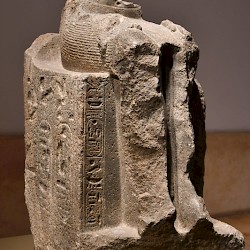 Byblos, Statue of pharaoh Osorkon II
|
 Sidon, Bustan esh-Sheikh, Throne of Astarte
|
 Byblos, Royal Tomb II (Ip-Chemou-Abi), Pectoral
|
 Byblos, Royal Tomb II (Ip-Chemou-Abi), Pectoral
|
 Sidon, Sarcophagus relief of a boat
|
 Byblos, Relief with a hieroglyphic text
|
 Tyre, Sarcophagus of Achilles: the Corpse of Hector.
|
 Byblos, Royal Tomb V (Ahirom), Relief of a bull and griffin
|
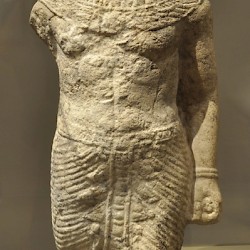 Tyre, Phoenician statue
|
 Solon
|
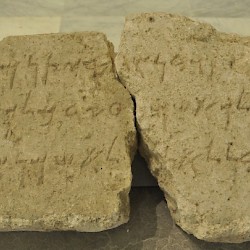 Sidon, Bustan esh-Sheikh, Temple of Eshmun, foundation inscription
|
 Beirut, Tyche
|
 Tyre, Portrait of Septimius Severus
|
 Byblos, Inlay with Egyptian lotus flowers
|
 Byblos, Temple with the obelisks, Sword, grip
|
 Byblos, Statuettes of baboons
|
 Suweydie, Mosaic of the Seven Sages
|
 Baalbek, Theater, Model
|
 Beirut, Mercury or Hermes
|
 Bias
|
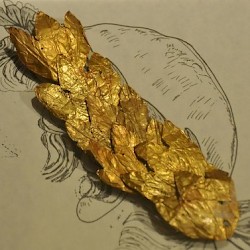 Baalbek, Funerary wreath
|
 Byblos, Royal Tomb II (Ip-Chemou-Abi), Pectoral (1)
|
 Thales
|
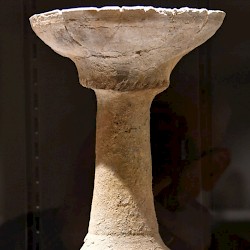 Kamed el-Loz, Incense burner
|
 Tyre, Wall painting of a carrier
|
 Baalbek, Gold mask
|
 Periander
|
 Byblos, Temple with the obelisks, Gold disk
|
 Sidon, Sarcophagus relief of Psyche
|
 Beirut, Inscription mentioning Queen Berenice and King Agrippa II
|
 Byblos, mosaic with the abduction of Europa
|
 Byblos, Royal Tombs, Pectoral
|
 Byblos, Royal Tomb I (Abi Chemou), Scimitar
|
 Tyre, Sarcophagus of the Drunken Cupids, front
|
 Niha, Large temple, Builders' model
|
 A big lump, containing some inhomogenuous pieces of ancient glass
|
 Byblos, Roman Nymphaeum, Statue of Hygeia
|
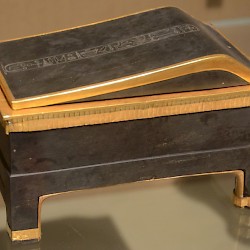 Byblos, Royal Tomb II (Ip-Chemou-Abi), Box with the name of pharaoh Amunemhet I
|
 Beirut, Statue of a Roman lady
|
 Byblos, Statuette of Hathor
|
 Byblos, Temple with the obelisks, Obelisk of Abi Chemou
|
 Sidon, Bustan esh-Sheikh, Statue of a baby
|
 Tyre, Head of Dionysus
|
 Beirut, Medal of St. Catharine
|
 Sidon, Base of a Persian column
|
 Tyre, Sarcophagus of Achilles: lions
|
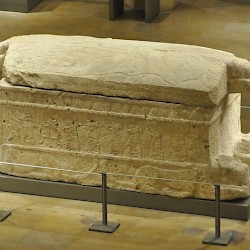 Byblos, Royal Tomb V, Sarcophagus of Ahirom
|
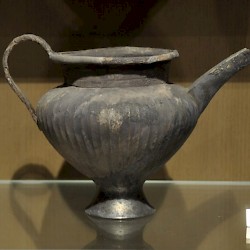 Byblos, Royal Tomb I (Abi Chemou), Pot
|
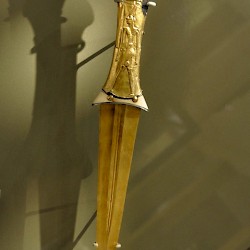 Byblos, Temple with the obelisks, Sword
|
 Sidon, Roman doll
|
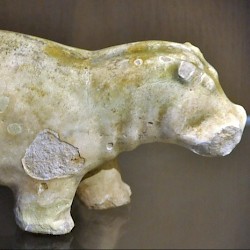 Byblos, Statuette of a hippopotamus
|
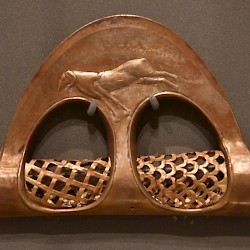 Byblos, Temple with the obelisks, Axe
|
 Tyre, Sarcophagus of the Drunken Cupids, back
|
 Sidon, Bustan esh-Sheikh, Relief of a horseman
|
 Beirut, Figurine of the Dioscuri
|
 Byblos, mosaic with Silenus
|
 Beirut, Envy Mosaic
|
 Sidon, Phoenician statue
|
 Pittacus
|
 Beirut, Roman colonnade (originally near the Place d'Etoile)
|
 Byblos, Royal Tomb V (Ahirom), Relief of king Ahirom on his throne
|
 Sidon, Statue of a man
|
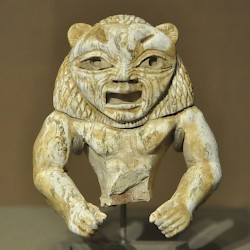 Byblos, Statuette of Bes
|
 A murex shell
|
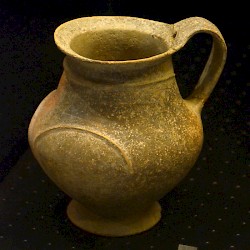 Sidon-Dakerman, Middle Bronze jar
|
 Calliope
|
 Tyre, Hellenistic throne of Astarte
|
 Sidon, Figurine of Aphrodite
|
 Tyre, Sarcophagus of Achilles: Washing the Body of Patroclus
|
 Sidon, Bronze Age bottle
|
 Byblos, Bull's head
|
 Sidon, Capital of a Persian column
|
 Socrates
|
 Tyre, Stele of Ramesses II and Ra-Horakhty
|
 Tyre, Sarcophagus with a Fighting Scene
|
 Sidon, Coin with a triere
|
 Niha, Roman altar, dedicated to a female deity (Fortuna), with two lions
|
 Byblos, Hellenistic colossus
|
 Byblos, Temple with the obelisks, Statuette of a deity
|
 Suweydie, Mosaic of the Seven Sages, Summer and Mother Earth
|
 Cleobulus
|
 Beirut, Torso of a colossus
|
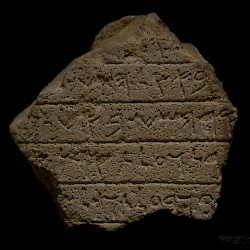 Byblos, Phoenician funerary inscription
|
 Tyre, Statue of a female deity
|
 Byblos, Chalcolithic amulets
|
 Beirut, Relief of an eagle and a wreath
|
 Tyre, Sarcophagus of Achilles: killing of a Trojan Captive
|
 Beirut, Hellenistic wall painting (First Pompeian Style)
|
 Sidon, Bustan esh-Sheikh, Tribune, Relief with Muses
|
 Beirut, Theater mask
|
 Chilon
|
 Byblos, Chalcolithic burial
|
|
|





























































































